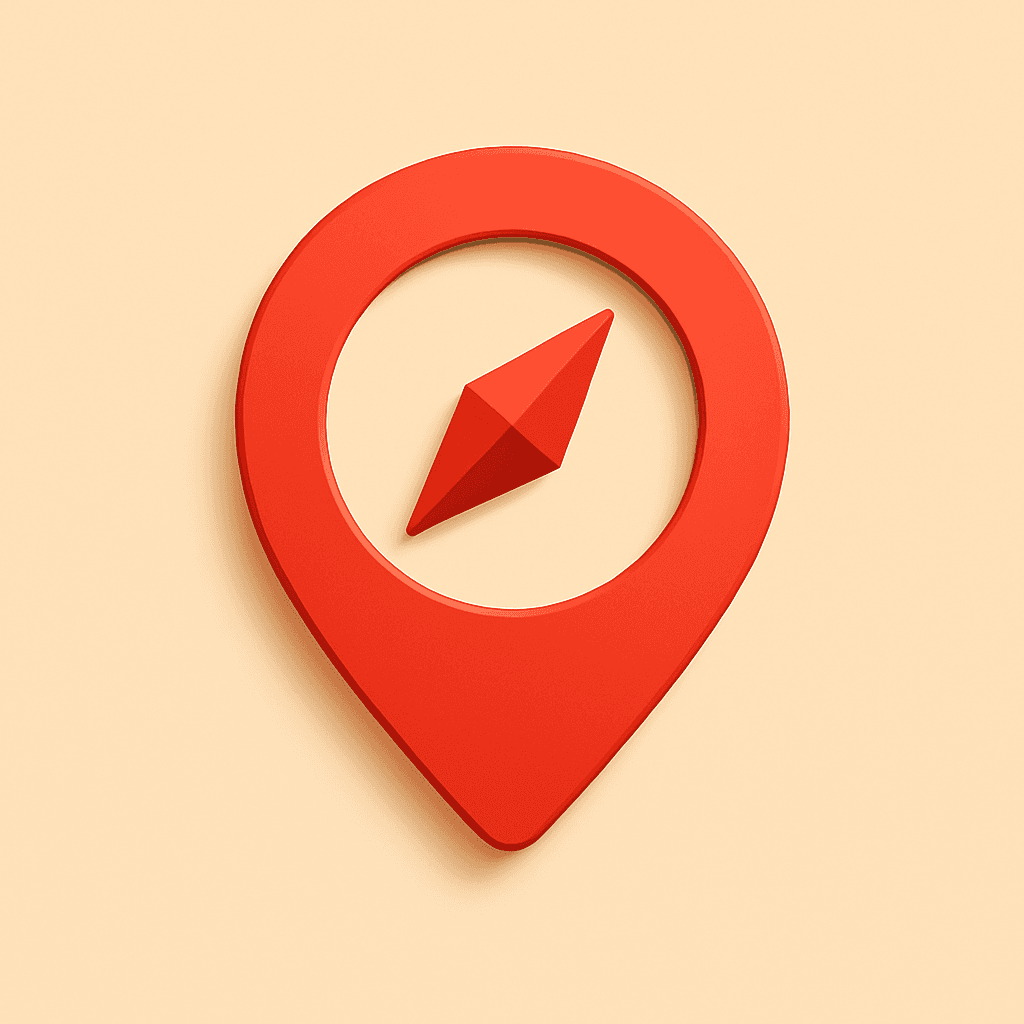WandrAI
Your local AI travel companion
Created on 6th June 2025
•
WandrAI
Your local AI travel companion
The problem WandrAI solves
WandrAI is built for spontaneous explorers and curious travelers who want to make the most of their immediate surroundings without the hassle of deep planning.
In the age of recommendation overload and rigid itineraries, people often struggle with:
• Finding things to do right now based on time, distance, or mood.
• Discovering local hidden gems beyond top-rated tourist traps.
• Getting dynamic suggestions that adapt to their current location and intent (e.g., “I have 2 hours free, what can I explore nearby?”).
• Easily generating a route or experience plan that doesn’t require app-switching or manual plotting.
WandrAI uses conversational AI + real-time location data to help users explore smarter — suggesting nearby experiences, building instant itineraries, and generating optimized routes with one-click Google Maps access.
Challenges I ran into
- Tool Use via Agent Reasoning
Getting the agent to reason correctly and call the right tools based on user queries was non-trivial. I experimented with Claude, Gemini, and others, but Claude proved to be the most reliable in accurately invoking the correct tools (e.g., Nearby Search, Directions, Experience Planner) based on user intent.
To refine this:
- I implemented an intent classifier to bucket inputs into:
- Time-sensitive (e.g., “what can I do in the next 1 hour?”),
- Distance-based (e.g., “within walking distance”),
- Activity-specific (e.g., “sunset spot”),
- Category-research (e.g., “heritage sites in Goa”), and
- Specific-venue queries (e.g., “tell me about Fontainhas”).
- This helped the agent dynamically decide whether to restrict the search to nearby areas or expand it based on how immediate the need was.
- Token Limits vs Contextual Relevance
One ongoing challenge is fitting context within LLM token limits while balancing:
• Cost (Claude context is expensive),
• Accuracy, and
• Latency.
For the prototype, I’m currently prioritizing accuracy by optimizing prompts, latency is decent given the workflow but can be optimized.
- Route Planning from Nearby Places
Building a route from a list of nearby experiences needed a simple, effective heuristic. For now, I’m using a greedy algorithm that always selects the next closest point. It doesn’t readjust or optimize the entire path, but it works well for quick micro-itineraries.
- User Localization & In-Context Awareness
A major UX piece still in progress is recognizing when a user is already at a venue based on coordinates + proximity thresholds. The goal is to make the assistant proactive - for example, if the user is already at Café XYZ, the bot should start suggesting what to try there without asking first. Still tuning this logic.
- Instant Routes via Google Maps
Another practical win was integrating Google Maps Directions + Route Matrix to:
• Fetch travel times,
• Prioritize reachable places,
• And most importantly, generate a shareable Maps URL that opens the entire route (with stops) in a single click.
Technologies used
